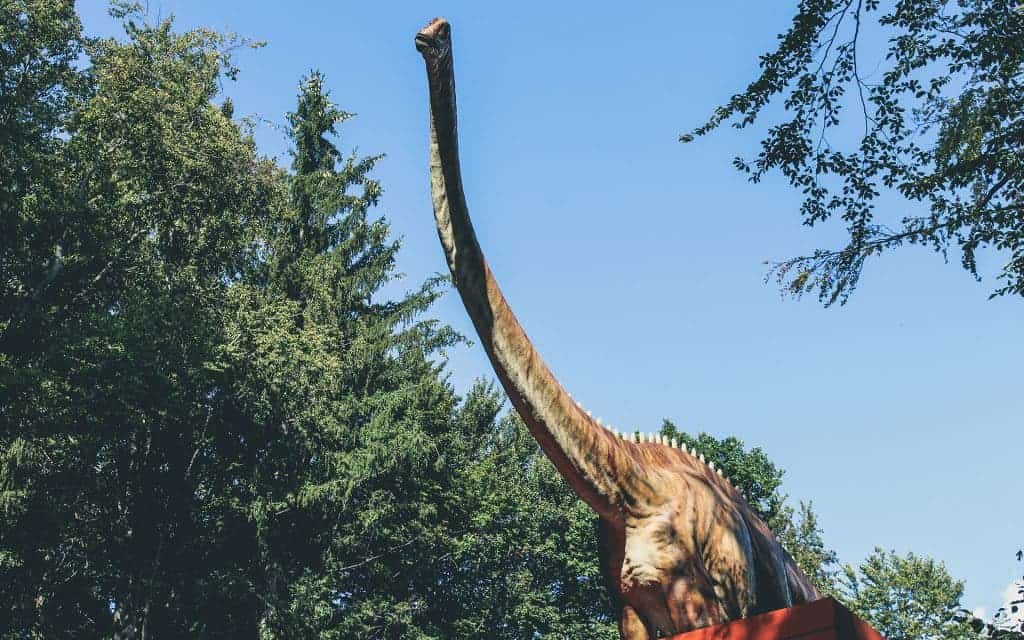
Although dinosaurs are commonly depicted in popular culture as creatures that roar to strike fear into their prey, a new study suggests that some of them didn’t roar at all. Instead, they mumbled or cooed with their mouths closed.
The study examined the evolution of closed-mouth vocalizations – sounds emitted through the skin in the neck area – in birds. These vocalizations are much quieter than open beak vocalizations and are typically used to attract mates or defend territory. An example of this behavior can be observed in doves.
Using a statistical approach, the team examined the distribution of closed-mouth vocalizations among 208 birds and other reptilian groups, pinpointing 52 that used this unique vocal ability.
“Looking at the distribution of closed-mouth vocalization in birds that are alive today could tell us how dinosaurs vocalized,” said Chad Eliason, a postdoctoral researcher at The University of Texas Jackson School of Geosciences and co-author of the study. “Our results show that closed-mouth vocalization has evolved at least 16 times in archosaurs, a group that includes birds, dinosaurs and crocodiles. Interestingly, only animals with a relatively large body size (about the size of a dove or larger) use closed-mouth vocalization behavior.”
Although the data still doesn’t reveal the vocalizations of modern archosaur ancestors, the presence of closed-mouth vocalizations across the surviving groups of archosaurs suggests diverse evolution possibilities and a connection to behavioral and environmental characteristics. Certainly, the results paint a unique picture of dinosaurs that conflicts with the way we typically imagine them.
“To make any kind of sense of what nonavian dinosaurs sounded like, we need to understand how living birds vocalize,” said Julia Clarke, a professor at the Jackson School of Geosciences and co-author of the study. “This makes for a very different Jurassic world. Not only were dinosaurs feathered, but they may have had bulging necks and made booming, closed-mouth sounds.”
Journal Reference: Coos, booms, and hoots: The evolution of closed-mouth vocal behavior in birds. Published online 12 July 2016. 10.1111/evo.12988






